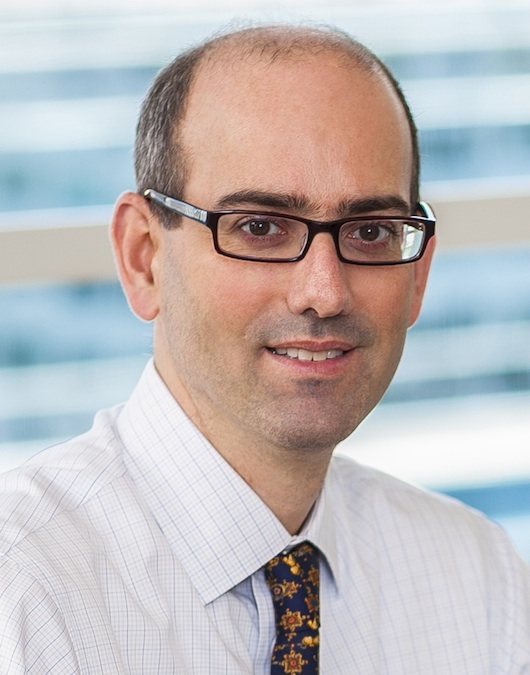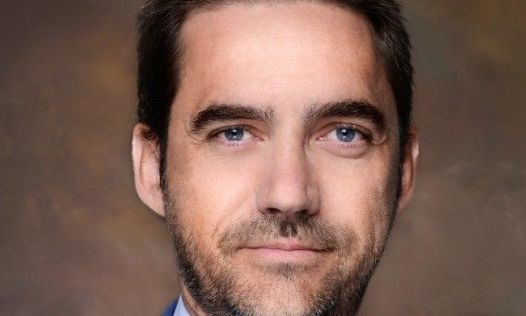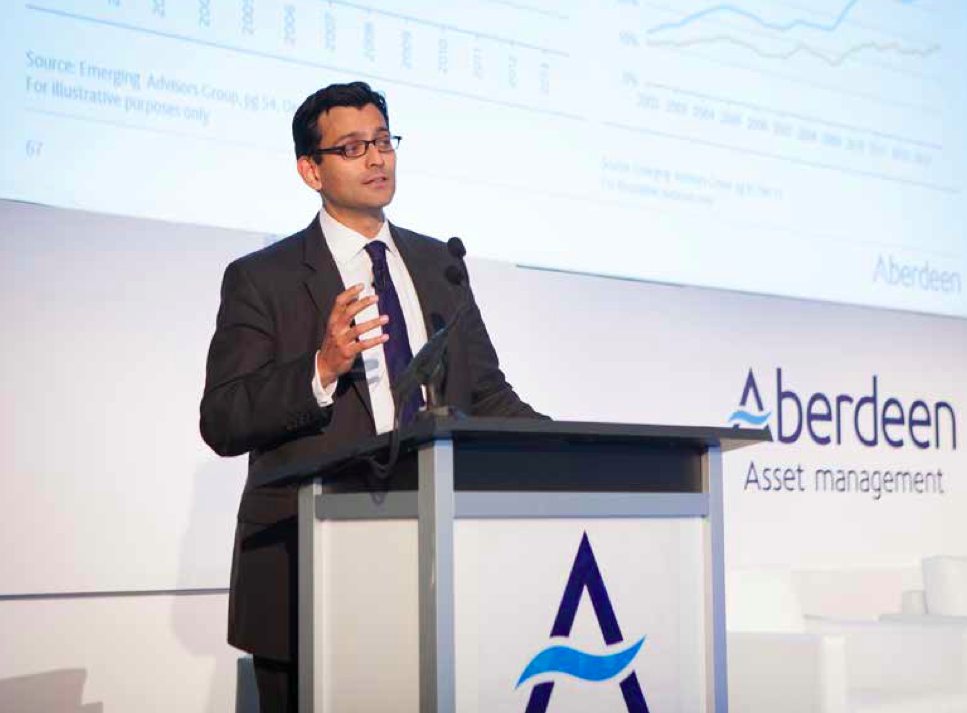Columbia Property Trust Expands San Francisco Portfolio with Acquisition of 650 California Street
| By Fórmate a Fondo | 0 Comentarios

Columbia Property Trust announced that it has completed the acquisition of 650 California Street, a 33-story, 478,392-square-feet Class-A office tower in San Francisco, California, from Tishman Speyer and Prudential Real Estate Investors for a total purchase price of $309 million.
The purchase price includes the Company’s assumption of a $130 million loan bearing interest at 3.60% and maturing July 2019. The $179 million cash portion of the purchase price was funded with a combination of borrowings under our unsecured credit facility and cash on hand. The acquisition is expected to increase Columbia’s leverage (based on debt to gross real estate assets) from 31% at the end of the second quarter to approximately 32%. Currently 88% leased, 650 California Street is expected to have first-year in-place net operating income (NOI) of approximately $11 million.
With its desirable location in the Financial District of downtown San Francisco and protected panoramic bay views, 650 California Street has demonstrated perennial tenant appeal. The LEED Gold-certified property underwent a $14.2 million renovation over the past two years that included the addition of an onsite parking garage and a comprehensive lobby renovation, to accompany the building’s large, highly-efficient floor plates and amenities such as fitness and conference centers and bicycle parking.
Asset management and leasing of the property will be overseen by Columbia’s Western Region team, which is led by David Dowdney, Senior Vice President – Western Region. To support its growing presence in the region, the Company recently expanded its San Francisco-based team with the addition of Michael Schmidt, who brings over 13 years of portfolio and asset management experience in major West Coast markets and will have oversight of this and Columbia’s other West Coast assets.
“We have established a significant presence in downtown San Francisco — a market that continues to be one of the best in the U.S., and we continue to achieve strong leasing results at our nearby asset, 221 Main Street,” said Nelson Mills, President and CEO of Columbia Property Trust. “650 California Street is a compelling opportunity to acquire one of the premier assets in this market at a discount to replacement cost. With more than half the current tenancy rolling in the next three years and in-place rents significantly below current market levels, we expect to employ the expertise of our expanded local team to increase net operating income at this property over the next three years.
“Given the extensive experience that Dave and Mike add and their track record of successful deal sourcing and asset repositioning, I am confident we have the right team in place to lead our efforts on this asset and our continued strategic enhancement of our portfolio.”






